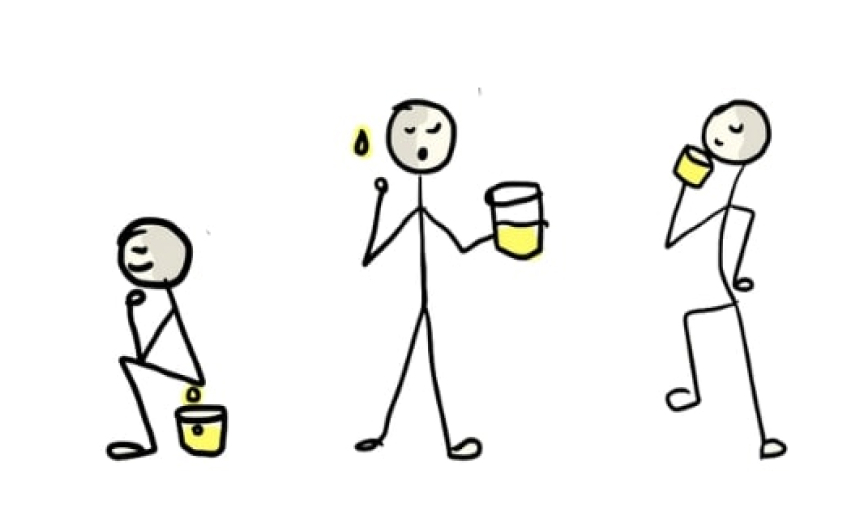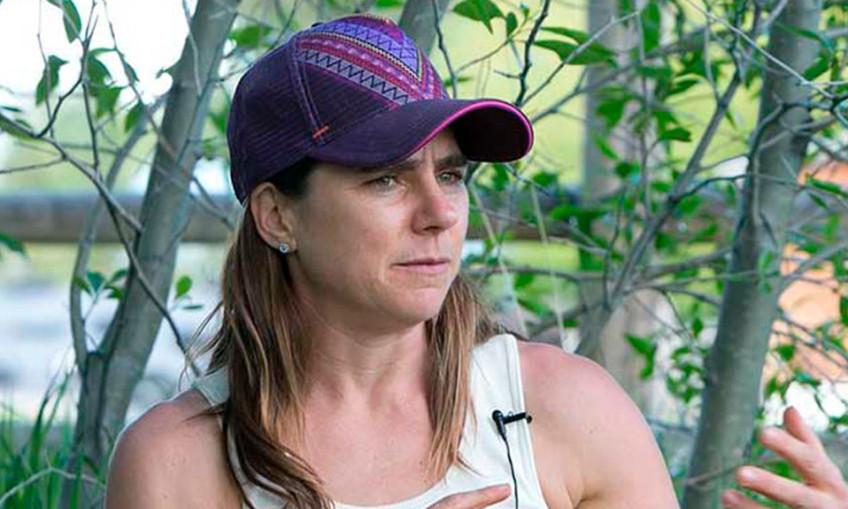
Refine Your Voice
In this episode, I talk about how to refine your voice, so your message can shine!
Is it really your voice? Is it really you or is it just a bunch of patterns and habits you have picked up along the way? What if your voice isn’t so much to do with who you really are but where you come from and who you hang out with? What if you want to hang out with a new group? Is it necessary, important, or essential to do an Elisa Dolittle?
It depends how you see your voice.
- If you think your voice is you, then it might be inclined to flip the bird (or the Yogic equivalent) to anyone who doesn’t like it; especially if you have any Pitta tendencies.
- On the other hand, what if you think about your voice being a tool? Then you can use that tool to communicate with whomsoever you wish.
Bio
In this podcast Elsie Escobar of shepodcasts.com shares her wisdom around voice. Elsie urges us to look at the voice purely as a way to communicate. We should look at it objectively and perhaps lose any attachment to how it should sound.
Elsie was born in El Salvador and uses her experience of growing up in a Latino family and community, to explain how our ways of communicating are really formed by those we grow up with and spend time around. Elsie shares how her patterns were so strong, she found it difficult to find the neutral voice she needed when studying drama in Graduate School.
Elsie did find her voices and also found Yoga at Graduate School. She went onto become an Anusara Yoga Teacher and now shares her skills on two different websites elsiesyogakula.com and elsieescobar.com.
Elsie compares the neutral voice or Standard American Speech to the classical asana. You need to know the classical asana before you recognise adaptations. Once we have mastered SAS we can pick and chose styles of communication consciously. She explains that vocal vitality is the dynamic expression of the voice. Loudness, speed and melody are all things that can be played around with.
Tools and Tips on How to Refine Your Voice
- Record and listen to yourself in two different settings; say teaching a class and speaking to your best friend
- Listen for 20 mins
- Transcribe exactly what you say including your fillers
- Re-record the transcription exactly including fillers
What do you experience? You might even write a description of your bodily experience of that particular voice. Experiment with it. Think about who you want to communicate with, and whether your patterns and behaviors might need a bit of tweaking for that group.
Give feedback following vocal playtimes to podcast@yogahealer.com
Recommended Reading
Cate’s Favorite Quotes from the Conversation
10.48 We all need to know what neutral is so that we can pick and chose consciously
15.00 Patterns and behaviours affect your ability to create a dynamic experience with your voice in whatever work you chose.
15.23 You need to know the patterns and behaviours. If you don’t, you are not going to make an impact because you are relying on habitual patterns
15.39 We adopt and align to, that we have been exposed to; physical and cultural influences and particularly family.
18.54 When I look back to 2009 I didn’t have my own voice.
36.20 Notice, allow and keep talking.















Comments
No comments yet, be the first to comment